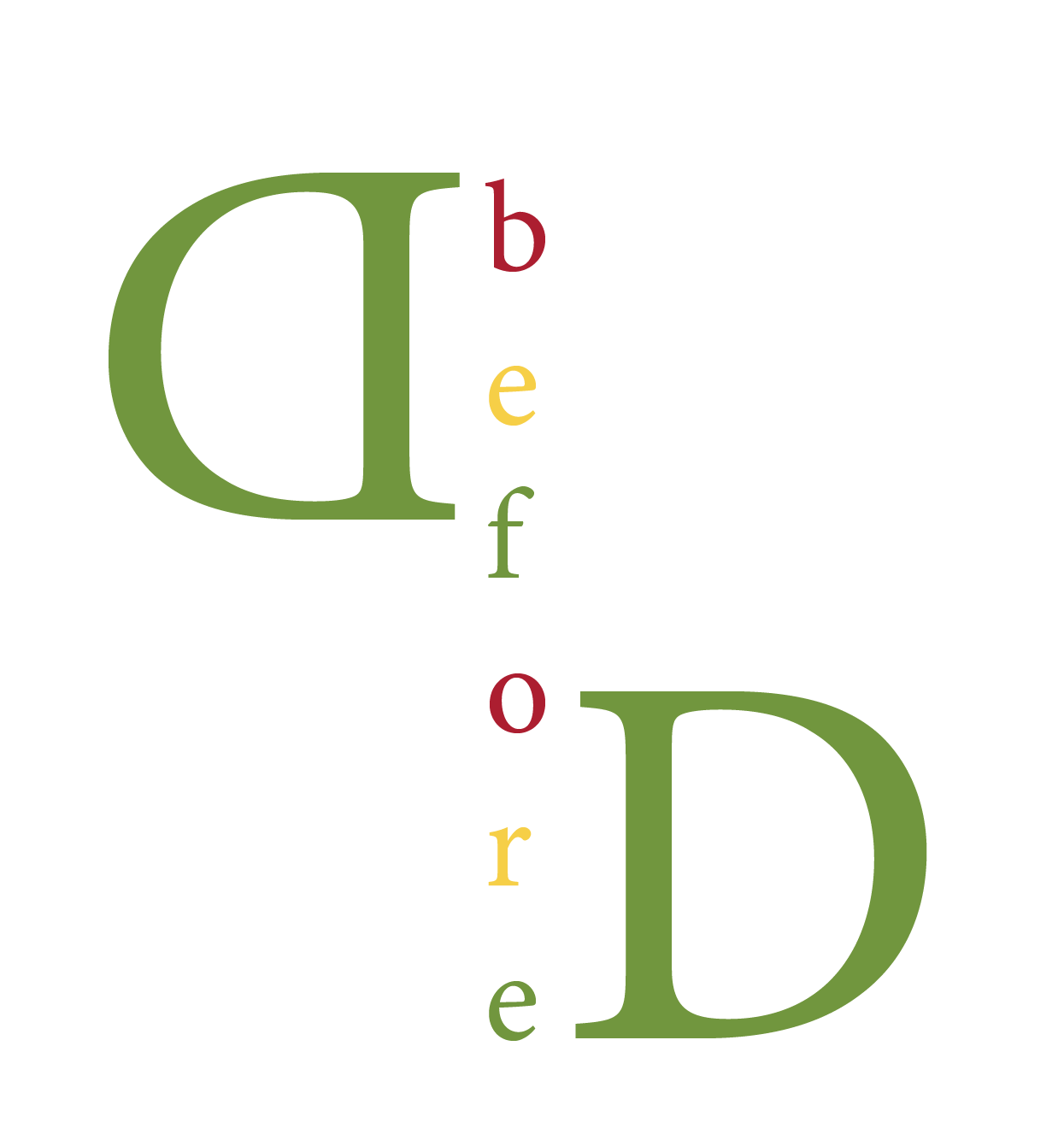Lancaster Disability Studies Conference 2018
Lancaster Disability Studies Conference 2018
Disability before Disability- Hanna Björg Sigurjónsdóttir
The Disabled Dead- Haraldur Þór Hammer Haraldsson
This contribution will present preliminary findings from the osteoarchaeological perspective from the interdisciplinary project Disability before Disability in Iceland. These findings will be interpreted in conjunction with a critical disability studies perspective in order to understand how the physical evidence of impairment from skeletal remains may shed light upon how contemporary society at the time viewed certain individuals with impairments. I will also attempt to provide analytically driven interpretations for the evidence of possible social exclusions, inclusions or even reverence of these individuals. One of the primary objectives of this research is to take methodologically derived observations of skeletal remains of individuals with impairments and put them into contemporary social context and vice versa. The subjects within this project are only from Icelandic skeletal records and will therefore only be representative for Icelandic contemporary societies in the country’s past. The individuals in this project will be examined in chronological order, and their remains date from the Settlement period of Iceland (8th to 10th centuries AD) to the 18th to 19th centuries AD. The pathological conditions which have been identified are as follows: Kleinfelder’s syndrome, which causes unusually tall physical stature, infertility and in some cases mental disorders, such as autism or schizophrenia; paralysis on entire left side of the body; Paget’s disease which is a condition where new bone formation coincides with bone destruction; hydatid disease (Echinococcus) which is a parasite that forms infectious bladders within the host body and can cause multiple problems for the individual involved; and lastly a case of severe scoliosis. As stated above, it will be the purpose of this presentation to demonstrate how osteoarchaeology/ bioarchaeology can possibly further our modern understanding of impairment and disability in the 101 past, and how skeletal material can be indicative of societies perspective regarding individuals with impairments.
The Silence of the Limbs- Anna Katharina Heiniger
This contribution will present some initial findings from the ‘Disability before Disability’ project based at the University of Iceland. These specific findings have emerged from the strand of the project dealing with Icelandic medieval narrative sources and disability. At the moment, the main focus of interest lies on the depiction of impairments within the corpus of the Icelandic Family Sagas (Íslendingasögur), which were written down between the mid-13th century and the early 15th century. In the course of many of the fights, duels and skirmishes that are depicted in the Íslendingasögur, many saga figures experience serious physical traumata such as deep flesh wounds or even chopped off limbs. Interestingly, however, it seems that these incidents are considered collateral damages, which are not thematised or revisited later on. The presentation’s title – the silence of the limbs – thus points to the fact that the sagas keep silent about the process of healing and recuperation as well as living with a missing limb. For a modern audience this observation is puzzling to the extent that in modern daily life, physical impairments often tend to trigger empathy and are repeatedly thematised. It thus remains to be pondered what relationship the saga world had towards physical harm and what importance was attributed to an (un-)blemished body.
Museums apparatuses and absent dis-/abilities- Arndís Bergsdóttir
This paper focuses on the matter of absence and museum registration as it investigates how museum processes involve interventions that render the lived lives and experiences of dis-/abled people absent from historical narratives in exhibitions. It is part of the project Disability-before-Disability at the University of Iceland and grounded in ongoing research on the material collections and cataloguing system of the National Museum of Iceland that aims to identify and collect information about artefacts related to disability and investigate the histories and narratives involving dis-/abled bodies. As presented in museums, history and heritage emerge through exhibitions that that subtly, yet strongly, privilege able bodied narratives. Such observations are underpinned by research, engaging with representations of disabled people in museums which indicate, that attempts to counter the under- and misrepresentation of disabled bodies have been rare. Thus, significant absences are entrenched in historical narratives and delicately woven into the into the portrayal of heritage in museums. This paper applies new-materialist and STS approaches and argues that the absence of disabled bodies in museum narratives is not nothing – a non-being – but matters that emerge through material-discursive relations that always already involve accountabilities and ethics. This provides opportunities to approach museums as apparatuses that involve exclusions – the making of absence. Here, apparatuses do not render an uncontaminated outcome but rather, they are capable of transforming entities into narratives intricately woven to convey specific meanings. Through this lens museum practices are interventions that foreground relationships privileging able bodies at the cost of dis-/abled ́others ́. As part of the museum apparatus the registration of objects offer clues to how absences come to matter – not as gaps that wait to be filled – but as a relevant matter that is dynamically entangled with technologies and presence and deserves to be trusted.
Verkefnið Fötlun fyrir tíma fötlunar er hýst af Rannsóknasetri í fötlunarfræði við Háskóla Íslands.
Háskóli Íslands | Sæmundargötu 2 | 101 Reykjavík | Netfang: hbs@hi.is
Öndvegisverkefnið var styrkt af Rannsóknasjóði nr. 173655-051
